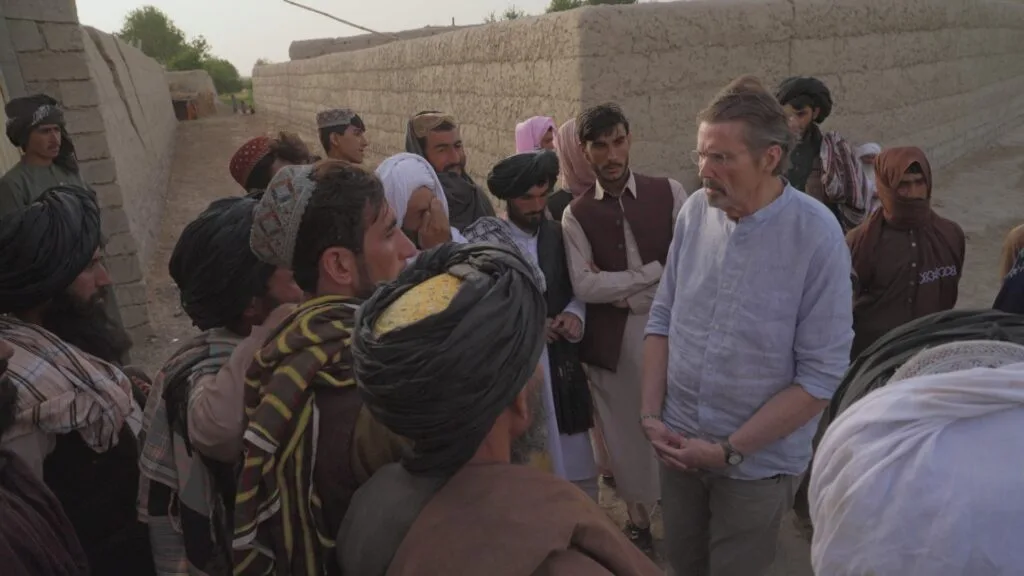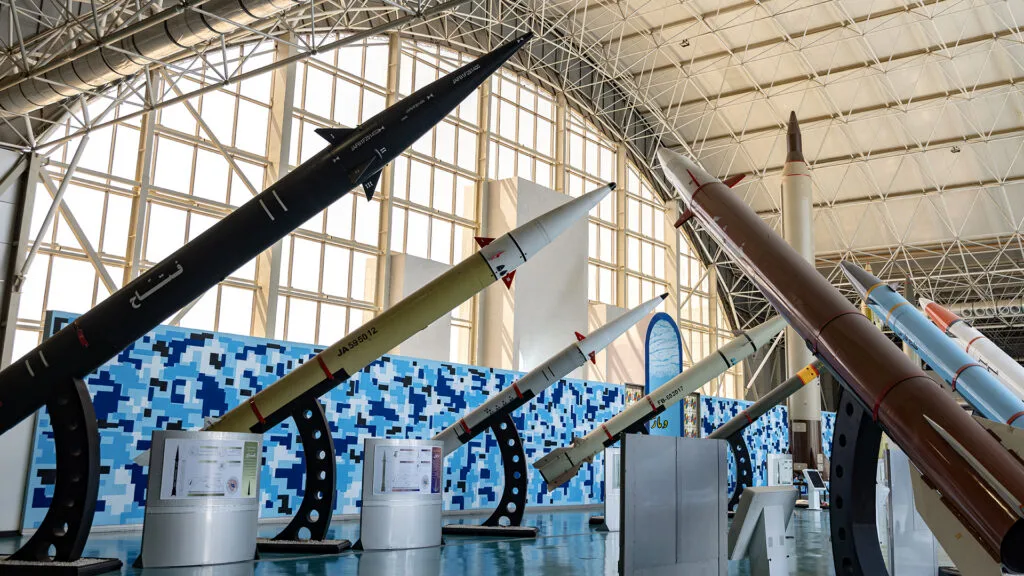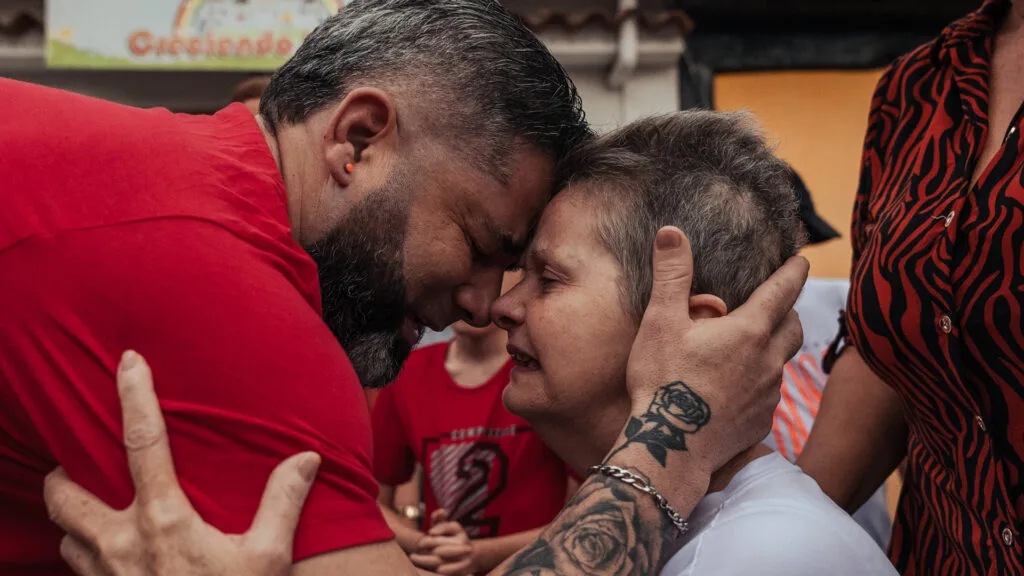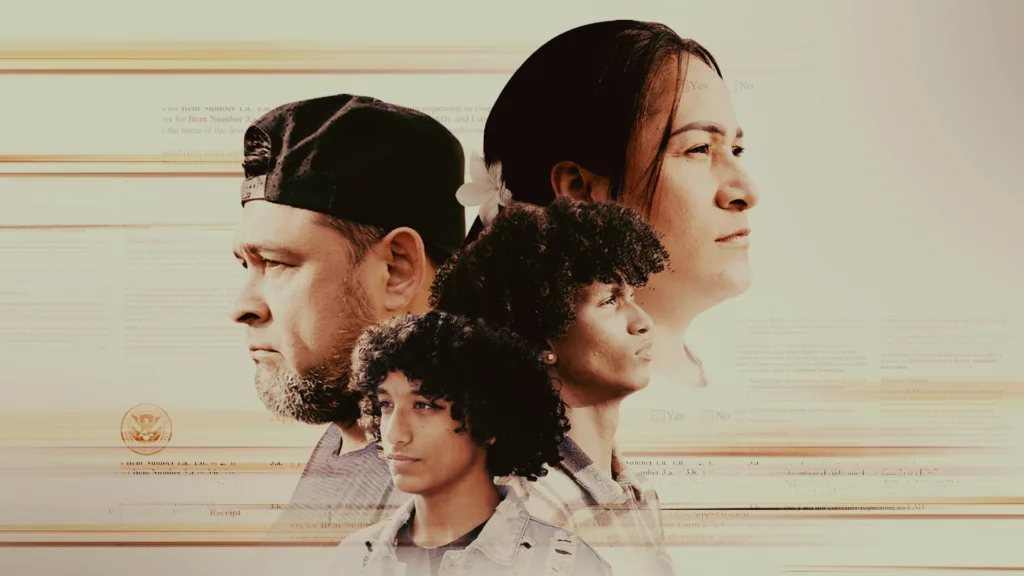Documenting America’s 20 Years in Afghanistan

April 20, 2023
Drawing on decades of on-the-ground reporting in Afghanistan, the new three-part series America and the Taliban traces pivotal moments in America’s longest war, and how it culminated in Taliban victory.
Award-winning producers Marcela Gaviria and Martin Smith join FRONTLINE editor-in-chief and executive producer Raney Aronson-Rath for a discussion on their decades of reporting in Afghanistan, and what it was like to revisit people and places from past coverage for this new series.
Smith told Aronson-Rath about many of the Afghan people he met, “There’s one basic thing that they all knew, and that was that the Taliban were not going to go anywhere permanently, but the Americans were eventually going to leave.”
Parts One and Two of America and the Taliban are available to stream on FRONTLINE’s website, FRONTLINE’s YouTube channel and the PBS App.
Part Three premieres on PBS and online Tuesday, April 25, 2023.
Want to be notified every time a new podcast episode drops? Sign up for The FRONTLINE Dispatch newsletter.
Latest Documentaries
Explore
Policies
Teacher Center
Funding for FRONTLINE is provided through the support of PBS viewers and by the Corporation for Public Broadcasting, with major support from Ford Foundation. Additional funding is provided the Abrams Foundation, Park Foundation, John D. and Catherine T. MacArthur Foundation, Heising-Simons Foundation, and the FRONTLINE Trust, with major support from Jon and Jo Ann Hagler on behalf of the Jon L. Hagler Foundation, and additional support from Koo and Patricia Yuen. FRONTLINE is a registered trademark of WGBH Educational Foundation. Web Site Copyright ©1995-2025 WGBH Educational Foundation. PBS is a 501(c)(3) not-for-profit organization.



















